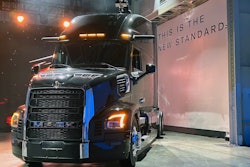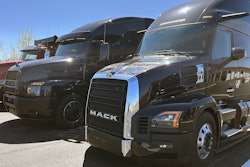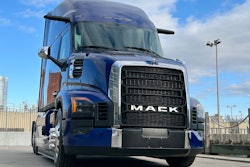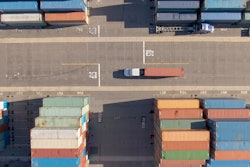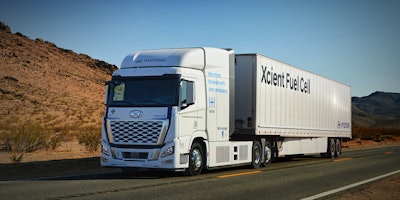
In 1995, Hyundai had a 2.5% share of the North American trailer market. In 2024, Hyundai Translead led the industry capturing 22.7% of the trailer market. It’s a phenomenal success story for Hyundai, and their competitors can learn a lot from Hyundai’s success.
The trailer market includes many configurations. Annual production rates generally vary between 200,000 and 300,000 units a year. There have been better years and worse years. For years, Wabash, Great Dane and Utility Trailer have been the industry leaders. Hyundai was an also-ran up until 2001 when it began to invest in new plants and new manufacturing methods and rebranded to become Hyundai Translead.
Hyundai is a wholly owned subsidiary of Hyundai Motor Company of Korea. This is the same company that has captured significant market share in passenger vehicles, medium-duty commercial vehicles and now is introducing a Class 8 heavy-duty Xcient semi-truck product line.
This is a company that does not rest on its laurels, but rather is continuously improving and expanding.
Hyundai represents the first North American truck maker that also makes trailers. That relationship could open up new possibilities for profitability, cost reduction, service, maintenance, and efficiency.
What if you could operate a fleet of tractors and trailers that were specifically designed to operate well as a pair?
In 2019, NACFE was tasked with writing about the potential of intentionally pairing tractors with specific trailers. The Feasibility of Intentional Pairing report highlighted that optimizing the tractor-trailer as a complete system allowed for the possibility of additional performance and efficiency gains. Many of those potential gains were demonstrated by the Department of Energy SuperTruck 1 and 2 prototypes by Daimler Truck North America, Cummins and Peterbilt, Volvo Trucks, International Motors and PACCAR/Kenworth teams.
The last decade has seen growth in “integrated systems,” for example, company-specific offerings optimizing a specific engine with a specific transmission. What if that integration helped define an optimized tractor and trailer unit?
Yes, most tractors do not hook up to the same trailer each day. The average ratio of trailers to tractors is somewhere between three and four trailers for every tractor in a fleet. Some fleets may be as high as 10 trailers per tractor. Many fleets don’t even own or lease trailers, they drop and hook with whatever trailer they are asked to move.
But don’t let the numbers overwhelm you. Hyundai didn’t go from an also-ran trailer maker in 1995 to the industry leader in 2024 by fearing numbers. They have been playing the long game, constantly making improvements in capacity and quality.
Trucking is a market that values a good reputation. I expect Hyundai Translead has won a commanding market share over two decades through hard fought battles with its competitors at fleets.
Capital investment in new facilities and automation also has been a major contributor to Hyundai’s success. Hyundai even built an Innovation Laboratory (iLab) in San Diego, CA, which opened in 2023. The iLab is a 174,000 sq. ft. research, development and training facility focused on continually improving their products.
Could Hyundai’s production of tractors and trailers open the door to new products? What if automated, cab-less tractors enter the picture? Could longer trailers that still comply with bridge laws be possible? The concept of a low cab forward semi-tractor has been around since the 1960s as seen in examples from De Rooy Transport hauling DAF Trucks in 1973 , GM’s Bison truck in 1964, and the Steinwinter Supercargo 20.40 in 1983. More recently, Volvo Trucks’ Vera electric self-driving truck — made public in 2018 — showed the continuing allure of this concept.
Could Hyundai’s unique position as a technology leader in the automotive industry combined with being both a trailer and truck maker create the next generation of freight hauling in North America?




